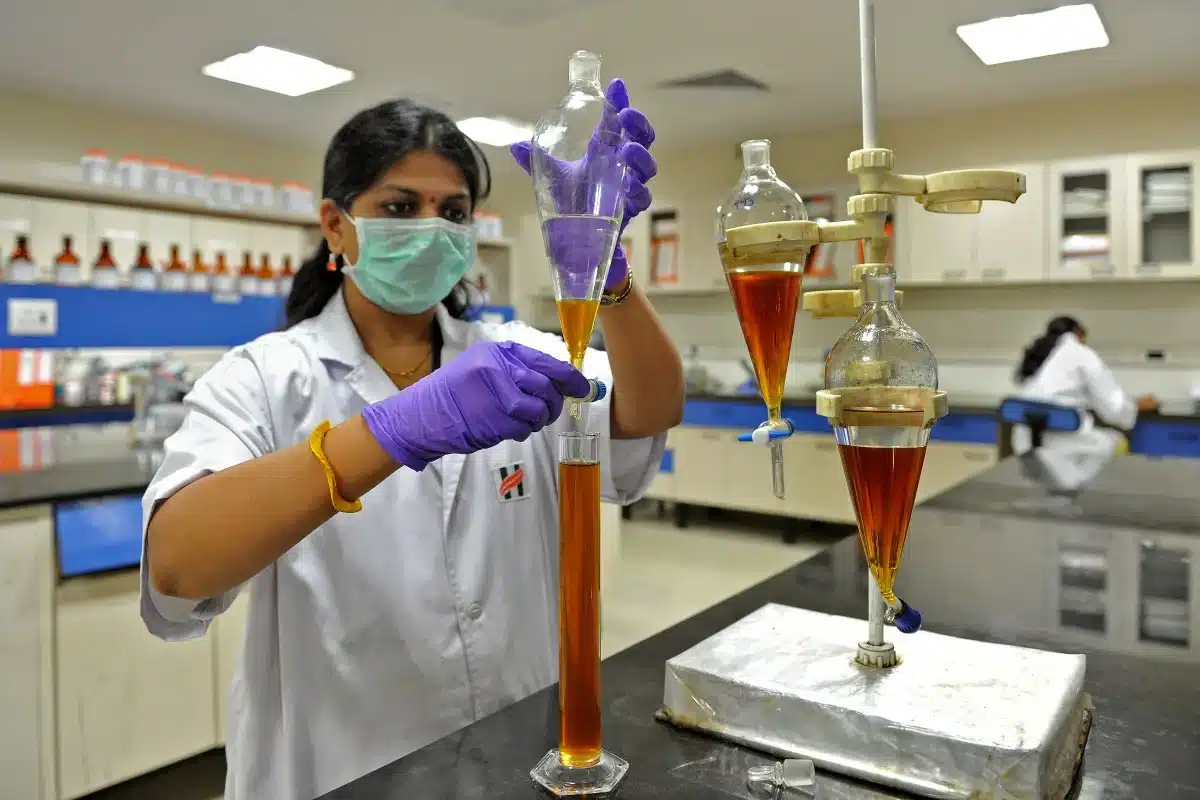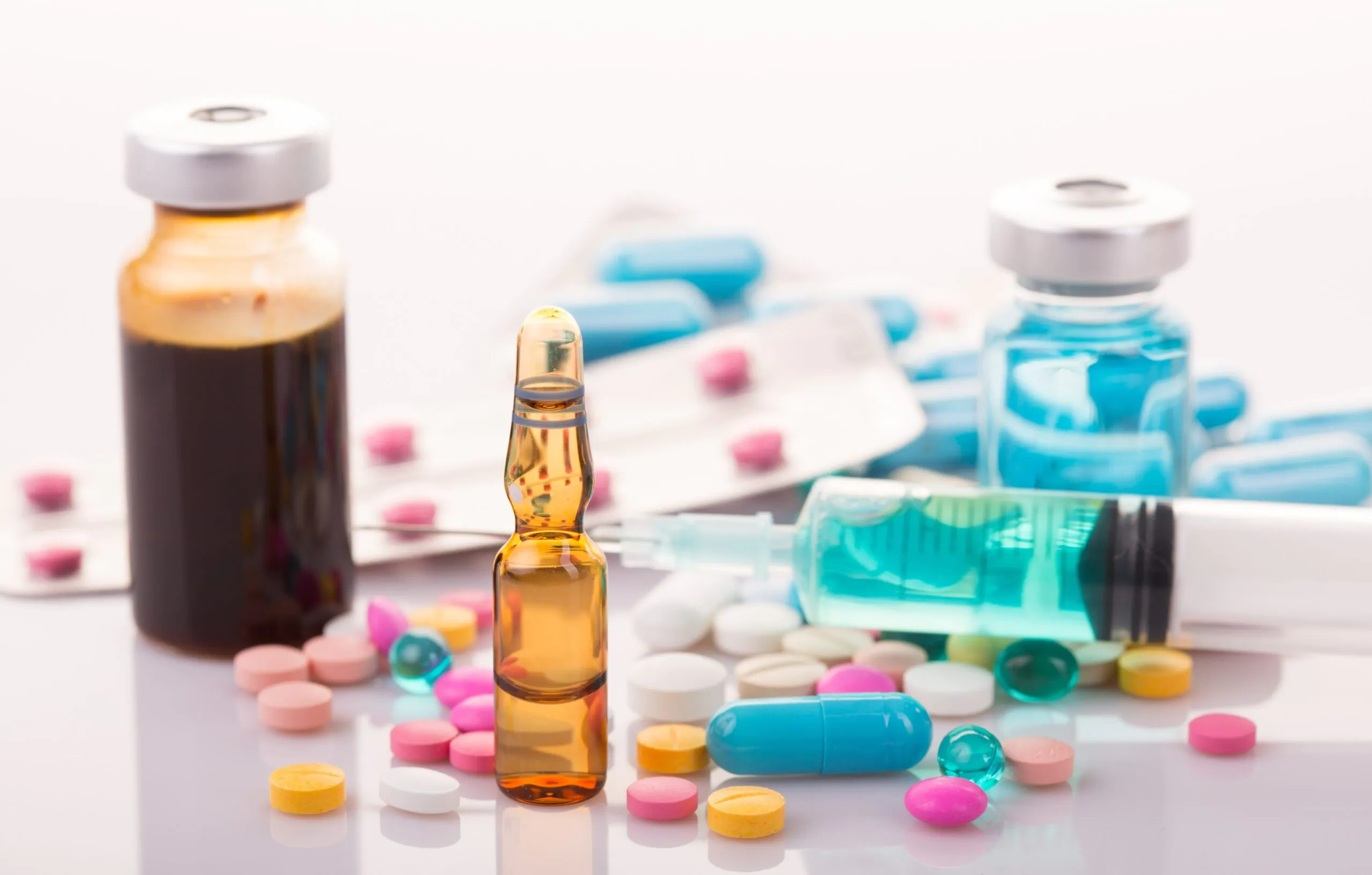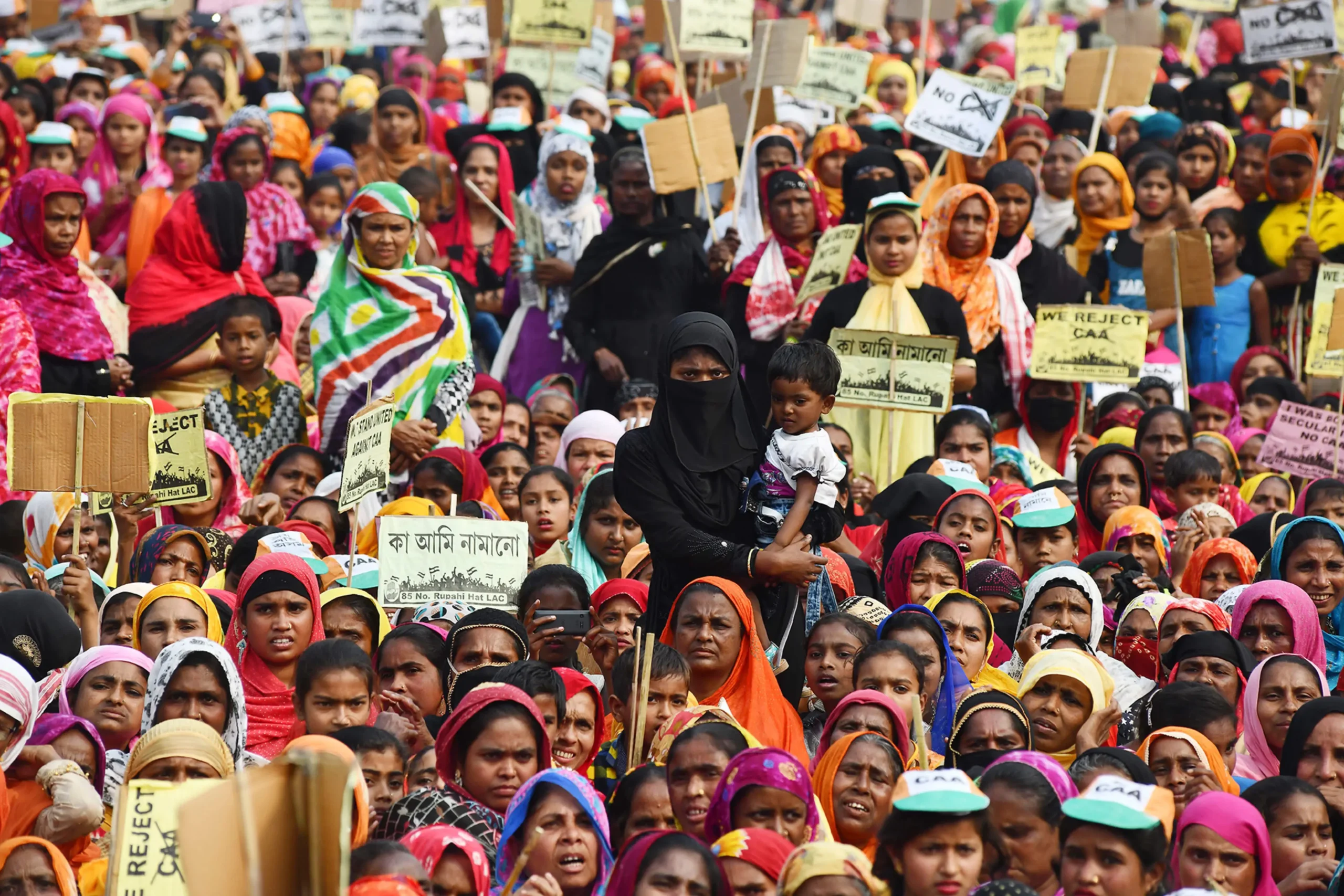It was no idle boast when, in December last year, Indian Finance Minister Nirmala Sitharaman hailed her country as the “pharmacy of the world.” Remarkably, the Indian pharma industry is presently worth $50 billion, and its exports of drugs and pharmaceutical products totaled $24.6 billion in 2021–22. Between 2014 and 2022, the Indian pharmaceutical industry saw an exponential growth of 103%, rising from $11.6 billion to $24.6 billion. With a 20% share of all pharmaceutical exports worldwide, India is the largest volume supplier of generic medicines in the world. This achievement has been attributed to the country’s high and efficient manufacture of “global standard medicine” at competitive prices.
However, instances of child fatalities in the Gambia and Uzbekistan connected to tainted cough syrups manufactured by Indian companies raise significant doubts about the veracity of its drug regulations.
Indian Pharma: The True Price
In July last year, more than 20 children with kidney failure were hospitalised in the Gambia’s Edward Francis Small Teaching Hospital’s pediatric emergency unit. Nearly all of them later passed away. Contrary to the belief of the Gambian health ministry officials, who believed the problem was contaminated water, given the time of year and the rainy season, some experts suspected that the children had been poisoned.
Three months later, these reservations were confirmed when global health professionals linked the deaths of more than 70 Gambian children from acute kidney injury to cough syrups made in India that were tainted with ethylene glycol (EG) and diethylene glycol (DEG). The patients were the first of some 300 children who died last year from contaminated cough syrups around the world—not all of them produced in India.
Yet, it was the deadliest poisoning ever documented in terms of the overall number of fatalities brought on by toxins. Afterward, tests conducted with the World Health Organization’s (WHO) assistance found that the drugs had been supplied in bottles that had been fraudulently branded as WHO-approved and contained exceedingly hazardous levels of the toxins.
The incident prompted the WHO to issue a Medical Product Alert, noting four substandard products that were found in The Gambia and reported to the WHO. The manufacturer of these products was identified as Maiden Pharmaceuticals Limited in Haryana, India. The notice additionally stated that the company had not provided WHO with any guarantees regarding the reliability and safety of these products. Furthermore, it stated that although these four products had been found in the Gambia, they might have travelled through unofficial markets to other countries or regions.
The Bitter Pill
While the tragedy highlighted the challenges faced by a resource-constrained country in identifying and eliminating dangerous products, it also highlighted India’s lax regulatory policies regarding its burgeoning pharmaceutical sector.
India is the world’s largest producer of generic medications, but due to an outdated regulatory framework, both Indian citizens as well as inhabitants of lower-middle-income countries (LMICs), which receive India’s exports, pay a hard price.
In truth, for children to be poisoned in large numbers by syrup contaminated with DEG has become a tragically routine occurrence. Since 1972, five such instances have been recorded in India: 15 children were killed in Madras (now called Chennai) in 1972; 14 patients died in Bombay in 1986; 11 people died in Bihar in 1988; 33 children died in Gurgaon in 1998; and 11 people died in Jammu in December 2019 as a consequence of this most recent incident.
According to reports, contamination occurs because Indian pharma companies frequently neglect to test the finished formulation or the raw materials before distributing them into the market. Yet, there is also a significant issue with subpar or poor-quality medications that don’t function as well as they should. As if the Indian pharma industry’s credibility hadn’t already been dented enough, the Uzbekistan health ministry reported in December that 18 children there had also passed away as a result of side effects from cough syrup produced by an Indian pharmaceutical company, Marion Biotech, based in Uttar Pradesh.
Indian Pharma: The Hurdles to Regulation
In spite of the fact that India is the world’s largest exporter of generic medications, these medications are regulated under the Drugs and Cosmetics Act of 1940, an outdated law that has not been modernized in decades.
Apart from these recent scandals in which children have actually died, many complaints have been made from countries such as Vietnam, Ghana, Sri Lanka, and Nigeria, according to Prashant Reddy, a lawyer who specializes in drug regulation and intellectual property and who recently co-authored the book The Truth Pill: The Myth of Drug Regulation in India. He continued by saying that although the Indian government is aware of these issues, it is unsure of the best course of action to follow.
Although the Drugs Controller General of India (DCGI) is the national regulatory body, each state has a separate drug regulator that has the jurisdiction to approve pharmaceuticals. One of the main obstacles in the regulatory system is the fact that India currently has at least 38 such regulators.
When the government unveiled the Medicines and Cosmetics Amendment Bill in 2013, a glimmer of hope emerged. To assure safety, efficacy, quality, and the conduct of clinical trials, it suggested revisions to the regulations governing the import, export, production, distribution, and sale of medications, cosmetics, and medical devices. The Central Drugs Standard Control Organization (CDSCO), which oversees exports, also ought to have had more power. Nevertheless, that bill was withdrawn when the incoming government took office and never made it through parliament. Since then, every drug regulatory policy has been essentially in limbo. Moreover, a new piece of legislation was drafted in July 2022 and distributed to the public and experts for feedback; however, it is substantially the same as the previous law with a few minor changes.
On a High Horse
It may be argued that such regulatory policy modifications are essential for India as well as for the people of all its trading partners.
Yet rather than tightening the regulatory screws, the present Indian government has drawn more attention for its desire to celebrate, without question, the country’s pharmaceutical industry, which is its only industrial success story by far. Despite credible evidence, the Indian government maintained a narrative that WHO had harmed the reputation of its pharmaceutical industry.
If only it would allow itself to get off its high horse, India may realize that it is exclusively responsible for upholding the reputation it has established over the years.






